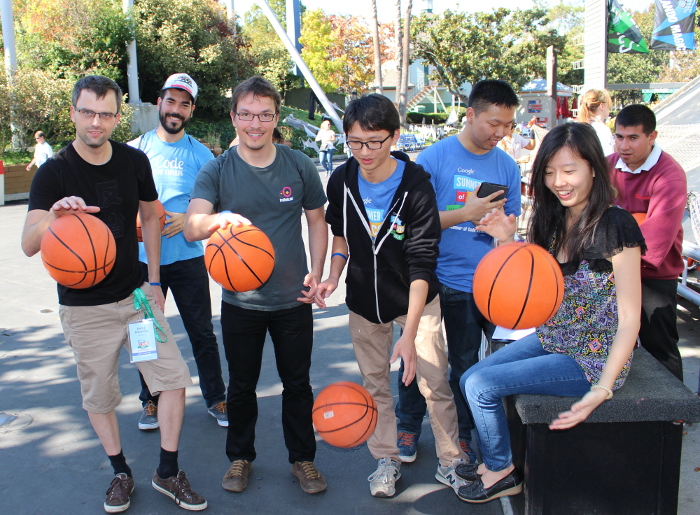Hi everybody,
I am Tobias, a Computer Science student at the TU-Berlin. I am glad to have the opportunity to participate at GSoC for Freifunk this year.
My project aims at making the handling with access points in OpenWrt/LEDE easier. The goal is defined as follows: Find an easily configurable solution (with reasonable defaults) for making the wireless access SSID in OpenWrt/LEDE dependent on a set of network conditions.
What does that mean? Consider the following example. You have a wireless access point with SSID “Freifunk”. Suddenly for whatever reason the AP looses Internet connectivity without anyone noticing it. When users now connect to this AP, expecting a working Internet connection, they get frustrated, because they can’t check their emails or surf the Internet.
With DynaPoint I want to develop a daemon, which regularly monitors the Internet connectivity. When it’s lost, the SSID will automatically be changed. In this example it could be changed to “Freifunk-offline”. When Internet connectivity is re-established, the SSID would automatically be changed back to “Freifunk”.
This way users as well as admins get informed about the state of an access point just by looking at the SSID.
To verify Internet connectivity the first obvious step would be to do a ping. For this purpose there already exists a package called pingcheck, which I am planning to use. Further steps could include DNS-Queries and HTTP-Downloads.
Speaking about easy configuration and reasonable defaults, I want to require as little configuration steps as possible, but also provide enough configuration options to be adjustable to different kind of setups. Ideally the configuration will also be possible via the LuCI web interface.
Until next time,
Tobias
 ) is done by checking IP addresses against nick-names. Man in the middle attacks are very easy in such a network and the only defense is the benevolence of its users.
) is done by checking IP addresses against nick-names. Man in the middle attacks are very easy in such a network and the only defense is the benevolence of its users.